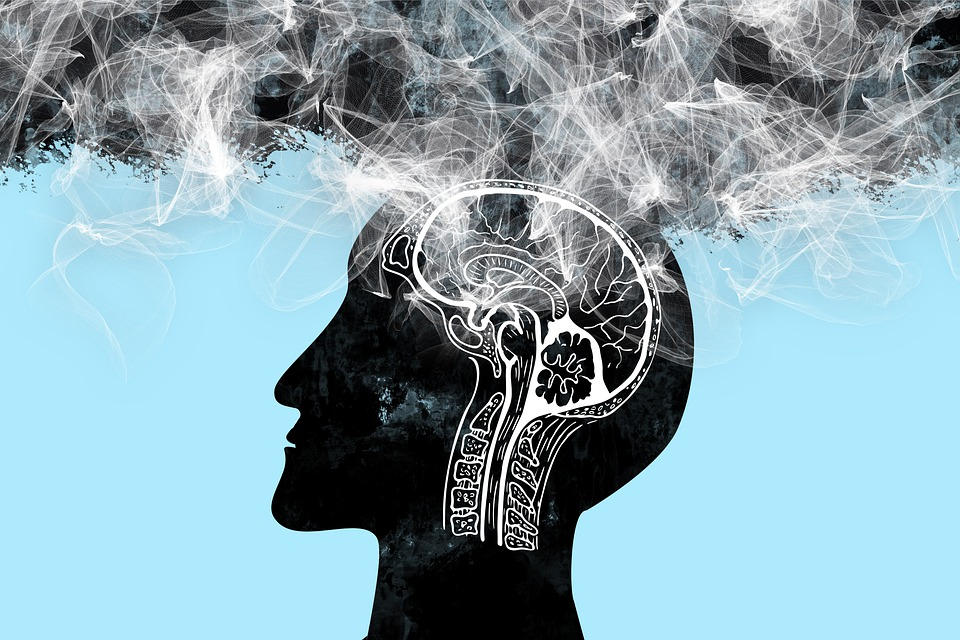While mental health has always been a pressing concern in United States, the pandemic has instigated sharp increases in the frequency and severity of mental health issues. In fact, it has been described as a mental health crisis, especially in America’s young people. Over the past decade, persistent sadness, hopelessness, and suicidal thoughts and behaviors increased about 40% among children. This alarming reality has only been fueled by COVID-19 and all the changes it caused. Awareness is the first step to breaking through stigma and sparking progress, so we have gathered 7 mental health facts to shed light on mental health in the United States:
7 Mental Health Facts
-
- 90% of U.S. adults believe that America is experiencing a mental health crisis. (source) This figure comes from a survey of a nationally representative sample of around 2,000 adults conducted over the summer of 2022.
-
- An estimated 26% of Americans ages 18 and older – or about 1 in 4 adults – suffers from a diagnosable mental disorder. (source) John Hopkins Medicine also reports that approximately 9.5% American adults will suffer from a depressive illness (major depression, bipolar disorder, or dysthymia) annually. Dysthymia is a mild but long-lasting form of depression.
-
- More than 50% of Americans will be diagnosed with a mental illness or disorder during their lifetime. (source) The CDC reports that while there is no single cause for mental illness, a number of factors can contribute. These include early adverse life experiences such as trauma or abuse, experiencing ongoing medical conditions such as diabetes or cancer, chemical imbalances or biological factors, alcohol and drug use, and feelings of loneliness and isolation.
-
- Suicide is the 2nd leading cause of death among people aged 10-14. (source) The National Alliance on Mental Illness also reports that 17% of youth between 6 and 17 years old experience a mental health disorder.
-
- West Virginia reports the highest average number of mentally unhealthy days each month. (source) According to data from the 2022 County Health Rankings, people in West Virginia reported an average of 6.6 mentally unhealthy days out of 30 days. The national average is 4.9. Keep in mind that this is self-reported – stigma and culture may cause these figures to be lower than reality.
-
- The COVID-19 pandemic triggered a 25% increase in anxiety and depression worldwide. (source) The World Health Organization also states that young people and women were most significantly affected. It describes young people as now being disproportionately at risk for suicide and self-harming behaviors.
-
- Drug overdoses increased 30% between 2019 and 2020. (source) Deaths began accelerating in March 2020. The COVID-19 pandemic was declared a national emergency on March 13th, 2020.
If you or someone you know is struggling, please know you are not alone and there are options. Check out the CDC’s list of free and confidential resources for people seeking mental health help.




